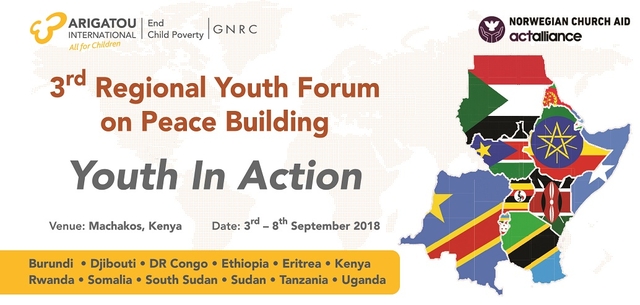
Violent extremist groups increasingly use both traditional and modern media to spread their narratives and recruit new followers. The media offer unique opportunities to counter violent extremism among youth by providing them with a platform to express their identities, concerns and frustrations and to be heard within the society. Initiatives such as the creation of online networks of young human rights activists and the provision of training in online campaigning against intolerance and discrimination play a big role in educating youth at risk
Counter-narratives undermining the discourse of violent extremists and promoting tolerance, inter-cultural and inter-faith dialogue can be disseminated through social media. The Internet can be used to put former violent extremists, survivors such as victims of terrorism and individuals at risk of violent extremism in indirect contact to share their experiences and offer alternatives to individuals. Efforts should also be undertaken to make youth more resilient to violent extremism on the internet and social media by strengthening their critical thinking, educating them on safe internet use, enhancing their capacities to detect risks and reject violent extremism narratives
In addition to young people and communities, a variety of actors can contribute to the prevention of violent extremism through the media. Journalists themselves should be pivotal in spreading positive information on initiatives led by communities and handling information related to violent extremism sensitively
The 3rd Youth In Action gives the youth an opportunity to learn and understand the broad context of focusing on the media to prevent violent extremism. This will be done through topics such as Effective Interfaith Communication to Prevent and Counter Violent Extremism (P/CVE), understanding case studies, evidence and research on the media and countering violent extremism among others. after two previous such forums. The first forum, “Deepening Cooperation in Countering Violent Extremism” (Nairobi, Kenya, 2016), gave a broad overview of preventing and countering violent extremism (P/CVE) in the context of peacebuilding. The 2nd forum, “Youth In Action: Building Positive Inter and Intra- group Relations” (Sagana, Kenya, 2017), highlighted faith-based narratives to P/CVE within an environment of interfaith dialogue and interfaith cooperation. These previous Youth In Action forums also provided the youth leaders’ an opportunity to understand the push and pull factors of youth radicalisation towards violent extremism.
For effective Prevention, Countering and Transformation of Violent Extremism P/C/TVE, it is imperative to address the question of the media. A recent global study by UNESCO, “Youth and Violent Extremism on Social Media”, finds that protagonists of violent extremism are indeed heavily spread throughout the internet. It also shows that the internet and social media specifically, can be facilitators within wider processes of violent radicalisation. Hence the UN Plan of Action to Prevent Violent Extremism specifically recommends 7 key areas for national and regional action; including empowering youth and strategic communications, including use of the internet.